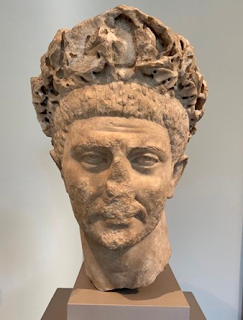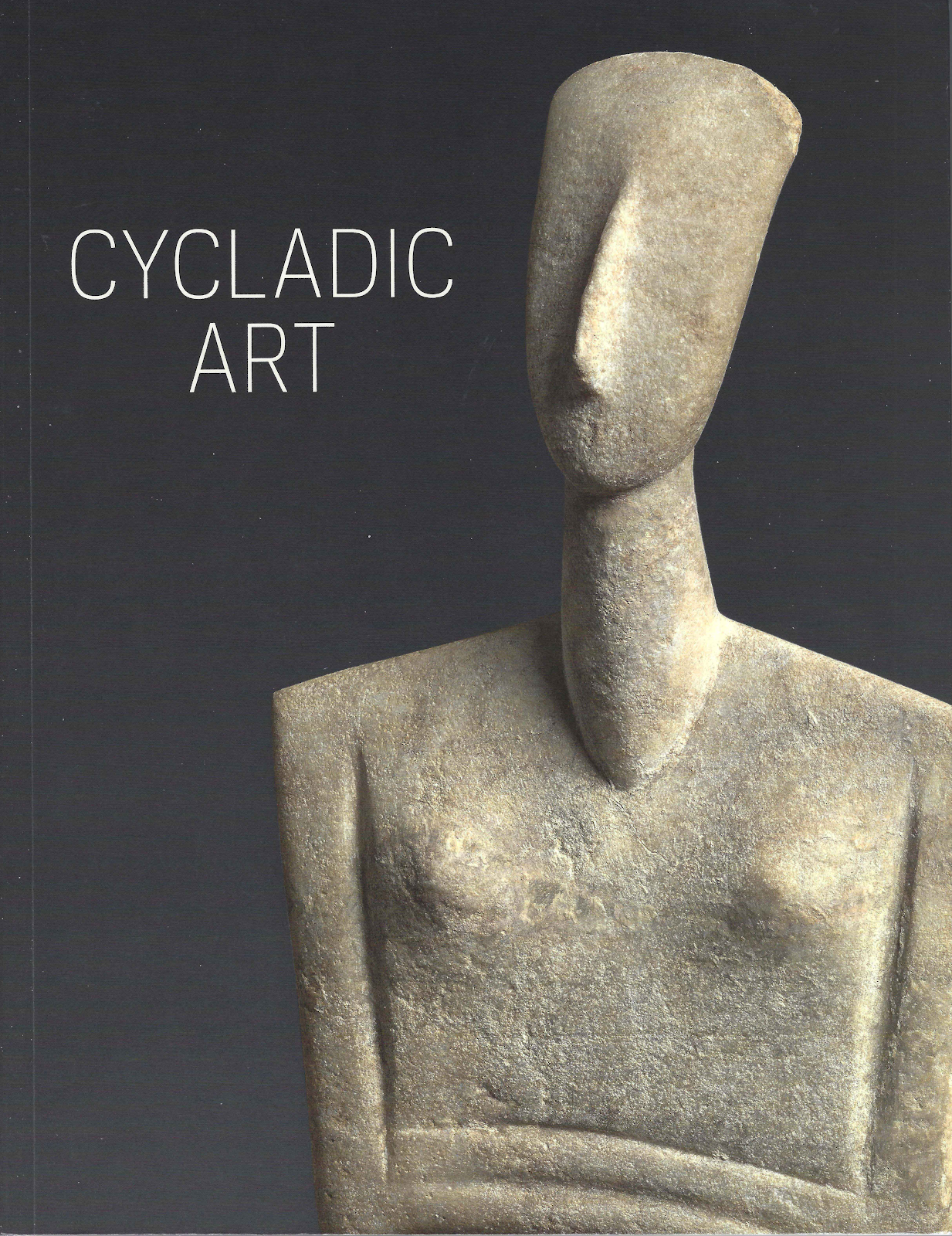Twelve antiquities have been handed over to Türkiye ("D.A. Bragg Returns 12 Antiquities to the Republic of Türkiye", March 22, 2023). Nine of the objects are derived from the Shelby White collection. The remaining three include a head from Perge:
The Perge Theater Head, dating back to 290 C.E., was looted from Perge, an archaeological site in Türkiye. The piece first surfaced on the international art market at Sotheby’s in 2000. It then resurfaced at Christie’s in 2012, when it was purchased by a private collected who loaned it to the Met. It remained at the museum until it was seized by the Office in January.
 |
| Formerly New York MMA L.2011.4 © David Gill |
Another is a bronze statue apparently looted from Bubon:
A bronze statue of the Roman emperor Septimius Severus, dating back to 225 C.E. The statue was stolen in the late 1960s from Bubon, an archaeological site in Türkiye, by looters and was eventually smuggled into Switzerland by Robert Hecht. Coin dealer Charles Lipson eventually loaned the piece to the Museum of Fine Arts in Boston. It landed at the Metropolitan Museum of Art in 2011, which it remained on display until it was seized by the Office in February. With its partners in Türkiye, the ATU was able to find and interview one of the individuals who actually looted and smuggled this statue.
This statue will join the Lucius Verus returned to Türkiye from the White collection in 2022. This will have implications for other European and North American museums that currently possess bronzes from this particular site.
It is possible to recognise some of the items from pictures from the press conference. They include a marble 'stargazer' (Glories no. 4), a bronze waggon with oxen (Glories no. 19), and an East Greek trefoil oinochoe decorated with two grazing ibex (Glories no. 100). A further White piece is:
The Sitting female figure from Çatalhöyük, which dates between 6000 and 5000 B.C.E. After it was smuggled out of Türkiye, it first appeared on the market in London at the Rabi Gallery, where it was purchased by Shelby White in 1985. It remained in his possession until it was seized by the Office in 2023.
This is the steatite sitting female figure (Glories no. 3).







